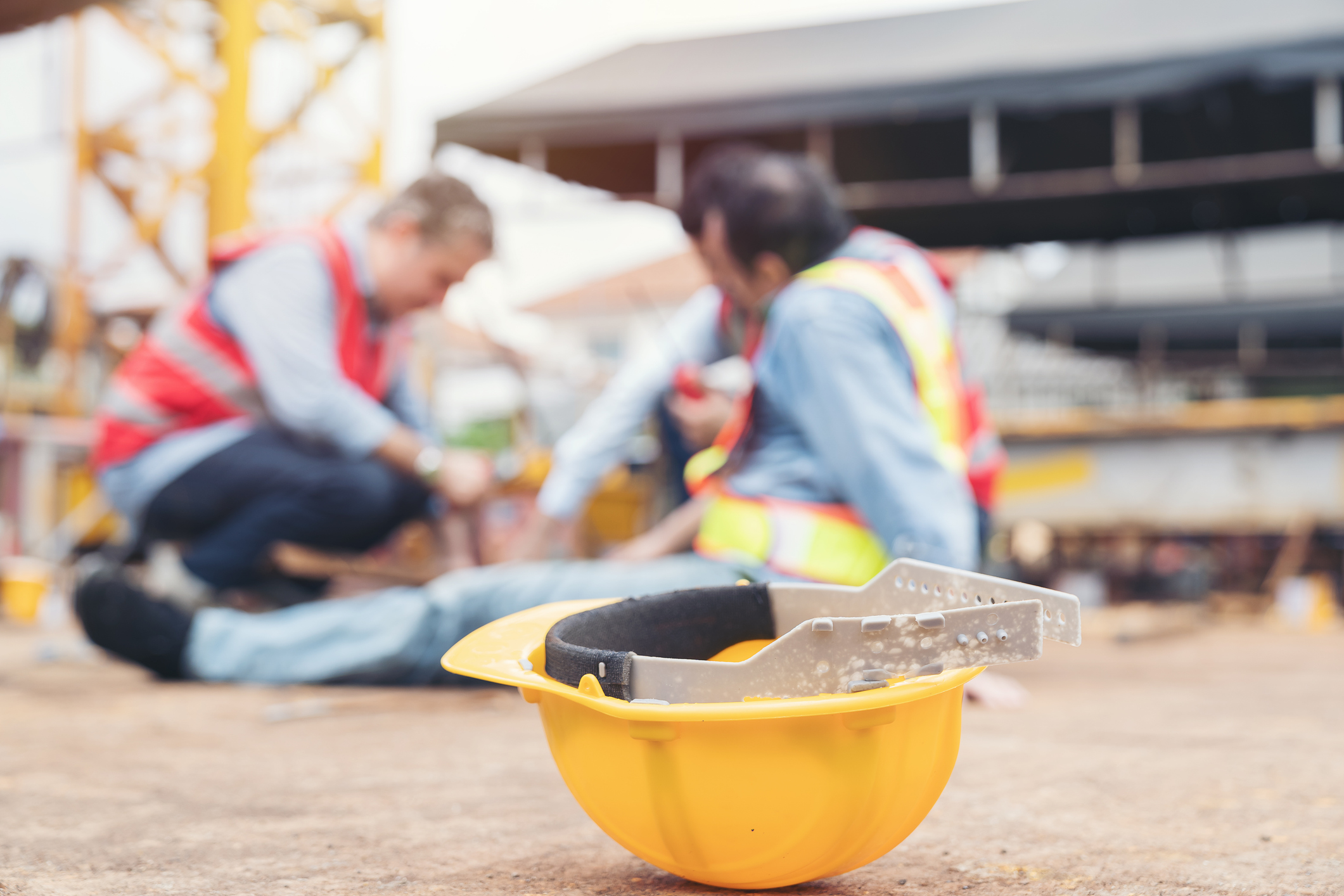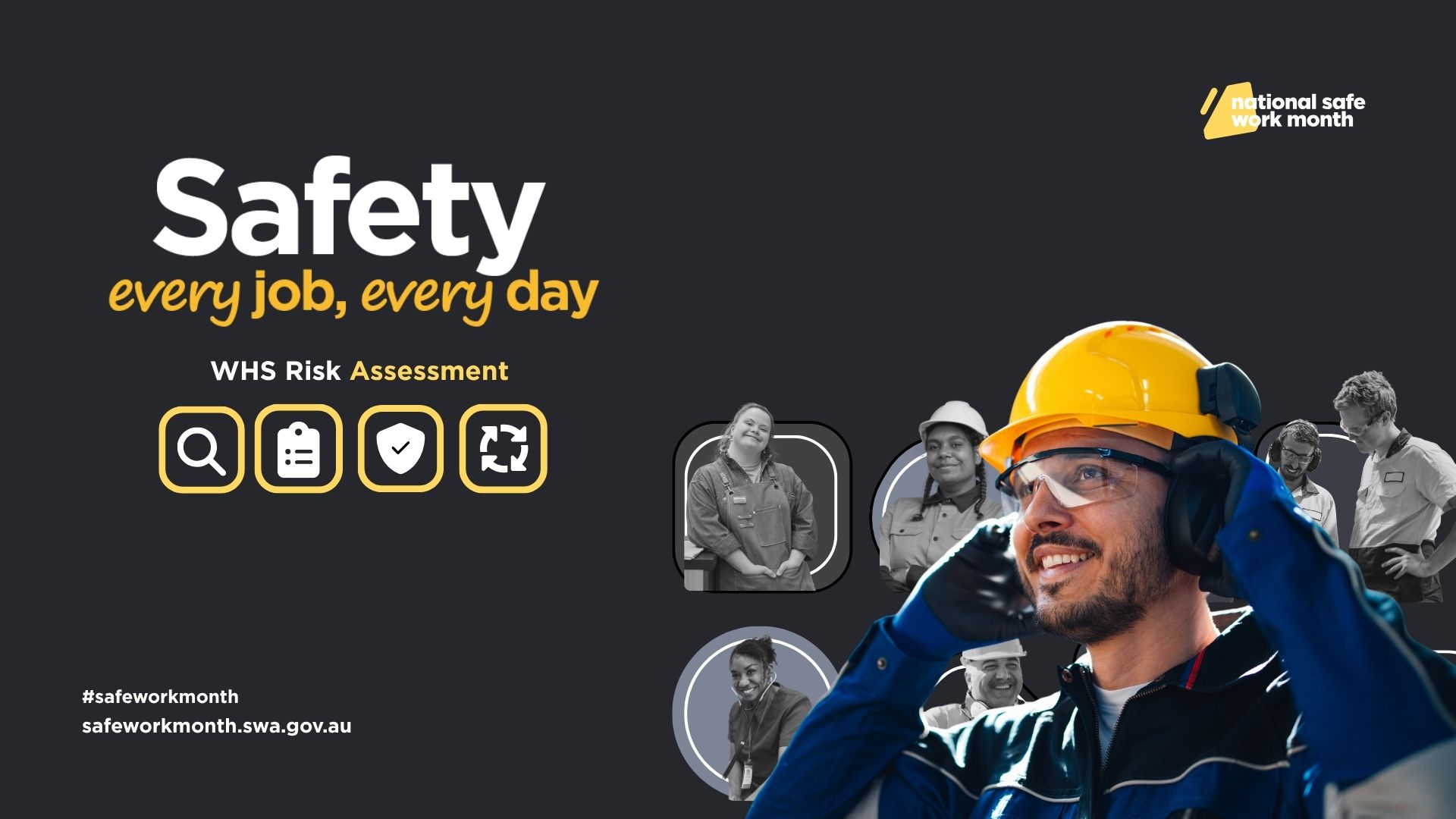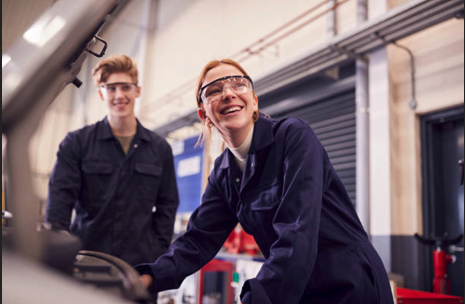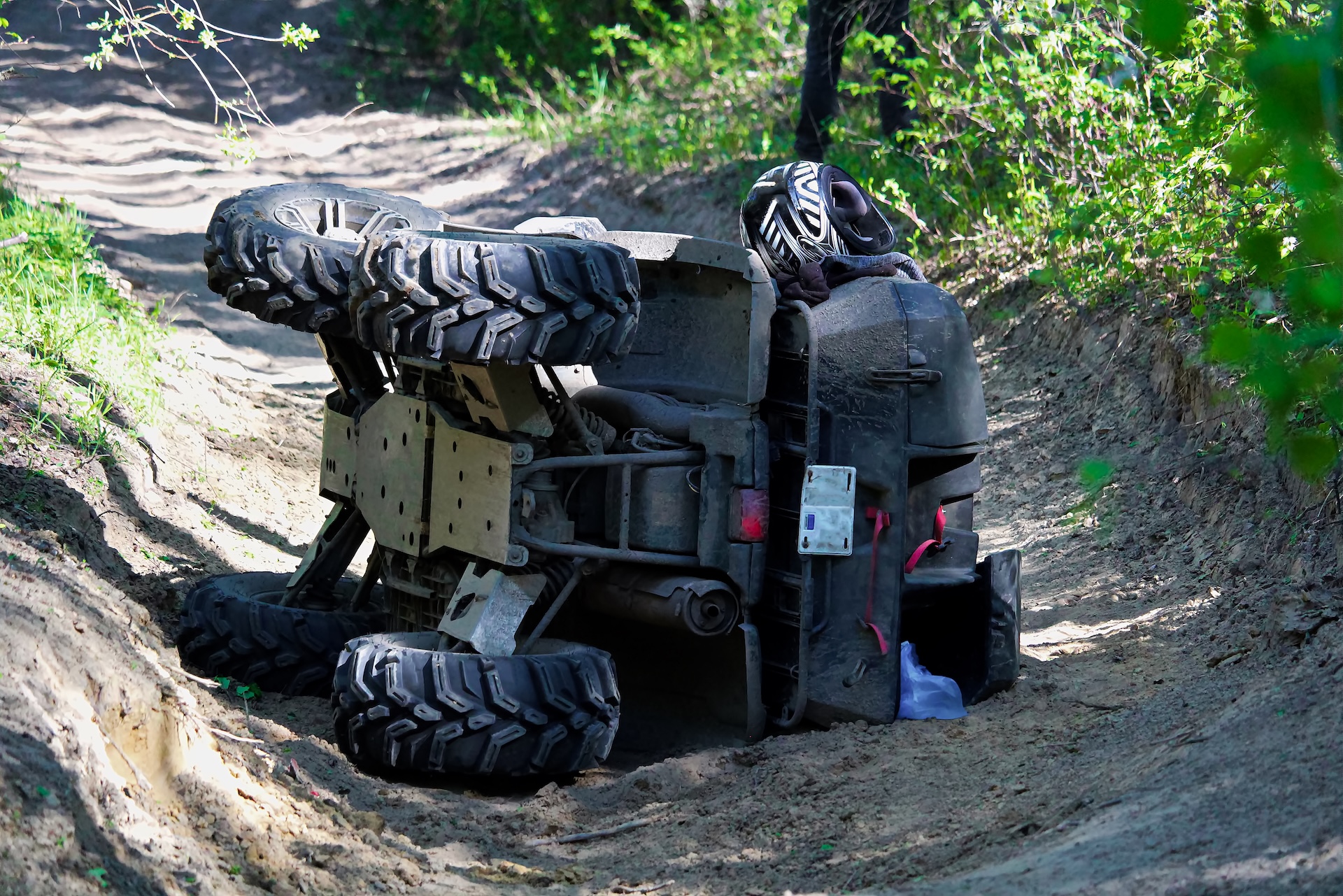The next age of safety leadership: Moving from blaming to learning

Original article published by SHP
Ahead of Safety & Health Expo 2022, which takes place at London’s ExCeL from 17-19 May, SHP discusses leadership, blame culture, analysing and learning from data, and why error is a symptom, not a cause, with former Director of Human Performance at BP, and speaker at this year’s event, Diane Chadwick-Jones.
What do you think are the key attributes that make a strong leader in safety?
“Strong safety leaders are able to realise that we, as leaders, have the most influence over the things that the frontline encounter when they come to work: the equipment, the procedures, the culture and the training. We think, ‘I, as a leader, feel that the company and the workplace is my house, and I’m accountable for how it is set up and how safe it is’. We remember that the frontline have little power to change the organisation and planning – but we, as leaders, do. This makes us more curious to find out about what are the issues and what we can do to implement improvements.
“Another attribute is the willingness to think more deeply about incident causation; that many weaknesses need to combine for an accident to happen and that despite careful preparation (work-as-imagined), there will always differences when it comes the reality (work-as-done). This enables us to respond supportively when things do not go to plan. Instead of asking, ‘who are we going to discipline?’ when something happens, we say, ‘We have good people, they must have been in a difficult situation. What can I do to help?’ Responding to bad news in a supportive way opens up the ability to see the viewpoint of work-as-done.
“The last attribute is a lack of certainty. Why? Because certainty is the enemy of learning. When are certain, we know all the answers and may jump to conclusions based on limited information. When we lack certainty, we seek diverse inputs and make better decisions. This is particularly relevant to safety where we have various components interacting in a complex, ever-changing workplace, so we need to have a broader perspective of the risks. If you’d like to know more on how to develop these attributes, there’s a useful document from the International Oil and Gas Producers (IOGP), Safety Leadership in Practice: A Guide for Managers | IOGP Publications library.”
You talk about leaders having the ability to learn, rather than blame. How much of a blame culture do you think still exists still in business and is it hard to change that culture within an organisation?
“It’s easy to blame, since when things don’t go to plan, the most obvious reason appears to be the people involved on the day. However, when we look in more detail at what happened, and examine how the work was set up in the weeks and month previously, we understand that the frontline action was only the most visible of many issues that led to the incident, and that anybody else in those circumstances on the day would have done the same thing. For example, if a vital step in a procedure was mistakenly missed, it could have been due to the procedure having fifty steps or that there was another job that had higher priority leading the operator be under time pressure.
“Peoples’ brains have not changed in 40,000 years, but here we are using smartphones instinctively. Humans will fail, and will fail on a regular basis, and this is because people are working in a system that has failed to be designed to enable success. This insight tells us that we must not accept a status quo of safety which involves blame and punishment, which leads to repeat incidents since the workplace problems have not been fixed.
“So, in answer to your question, yes, blame culture is still widespread across business. However, it is simpler to change than you might think. When leaders educating themselves on incident causation and build their skills in asking more constructive questions, there is a rapid and compelling effect due to role-modelling. The Energy Institute has created a short animation to enable this type of capability development to start. It is called “Learning before incidents” and I’m sure that people will enjoy it.
When building a data pool to analyse and learn from, how important is it to ask the right questions during an investigation?
“The questions that we ask are crucial to shape the potential for learning from the incident. On one hand, I know that incident investigators are keen to keep the questions flexible since incidents are complex and frequently require tailor-made protocols, but on the other hand, I can offer some principles that are helpful.
“Firstly, we should look beyond what happened on the day of the incident to the influences upon the workplace setup, for example, the contract parameters, the resourcing of the job, the training of the frontline and if the procedures were up-to-date.
“Secondly, we can look at ‘close calls’ of similar events that happened at that worksite or at other worksites with the same activity, since this gives us context on organisational factors such as the way that planning is performed, or how procedures are updated. And finally, if it appears that an individual is “’at fault’, we can ask questions about how the situation made sense to them at the time, for example:
- Was the expectation clear? If there was a procedure, was it clear, available, current and workable?
- Did they understand what was required and did they have the knowledge, experience, skill, physical capacity and resources to do it?
- Did they intend to act in line with company expectations, but made a mistake?
- Were they following custom-and-practice which was common amongst their peers?
“These are powerful questions that help put us in the shoes of the people involved, and to counteract fundamental attribution error. This approach can take us away from an emphasis on the traits of a person, and instead move us towards a focus on the context that influenced the behaviour.”
You say error is a symptom, not a cause, what do you mean by that and how can we learn from and address that statement?
“People who design the work can only go so far in understanding the reality of work that the frontline encounter and the workplace is always changing. On the day, it’s up to the person performing the task to “complete the plan” and adapt to the actual situation. So, we need to look for the difference between work-as-imagined and work-as-done; the weather, the equipment that is available, the state of the equipment, the resourcing, for example.
“To do something about error traps, which are the challenges and difficulties that people face, we can look at the workplace setup, including the design of equipment, the usefulness of procedures, the existence of goal conflicts and production pressures. We can learn from everyday work by updating our existing risk assessment processes by using a ‘walk-through-talk-through’ method with people who do safety critical tasks. This involves discussing a time in the past when it was challenging to complete the task with questions like: What made it difficult? What did you do to adapt? How did you know what to do? Discussing an historical set of conditions will capture any unique combination of factors or constraints that may not be in place at the time of having the ‘walk-through-talk-through’ conversation. There is a valuable short guide from Human Performance in Oil and Gas (HPOG) that provides more information.”
You will be speaking about this subject in more detail at Safety & Health Expo in May, what can attendees expect from your session and who would find your talk the most beneficial?

“There has been much discussion about more modern approaches to safety, but often the emphasis is on theory. Instead, on 19 May, I’m going to share practical case studies of what three companies have done to transform their day-to-day efforts to advance safety performance:
- How to improve the culture of an organisation through educating leaders on the actuality of incident causation and embedding a culture of care and listening.
- How to learn from everyday work by asking more powerful questions in risk assessment of safety critical tasks.
- How to use existing data to reveal performance variability caused by organisational issues.
“All of these are proactive and are about addressing our difficult-to-see risks before they become a problem. I find that typically this kind of insightful information is trapped within companies, so it’s going to be exciting to share it!”
Finally, what are you most looking forward to about being back at a face-to-face Safety & Health Expo?
“The excellent experience at the last Safety & Health Expo inspired me to volunteer to be a presenter this year. That time, I wasn’t a speaker, but I attended thought-provoking sessions that broadened my view of safety. I was impressed by the great interactivity from the presenters who were inviting views from the audience, and there were a lot of opportunities to ask questions.
“I also met some interesting safety professionals who I am still in touch with now – so it’s a great way to expand your network and get different perspectives.
“This year, I’m looking forward to the wealth of diverse talks and panels and meeting new people, as well as re-connecting face-to-face with people who I haven’t seen for a long time. And of course, I’m looking forward to interacting with those who come to my session.”
See Diane’s session, The next age of safety leadership: moving from blaming to learning, from 10:30am – 11:00am, in Keynote Theatre on Thursday 19 May.
Diane’s session immediately precedes the Inspirational Keynote from Louis Theroux, so get seated early to take in both sessions.
Safety & Health Expo 2022 takes place at London’s ExCeL from 17-19 May. Registration for is completely free, and your ticket also allows you free access to co-located events, FIREX International, Facilities Show, Intelligent Building Europe and IFSEC International.





